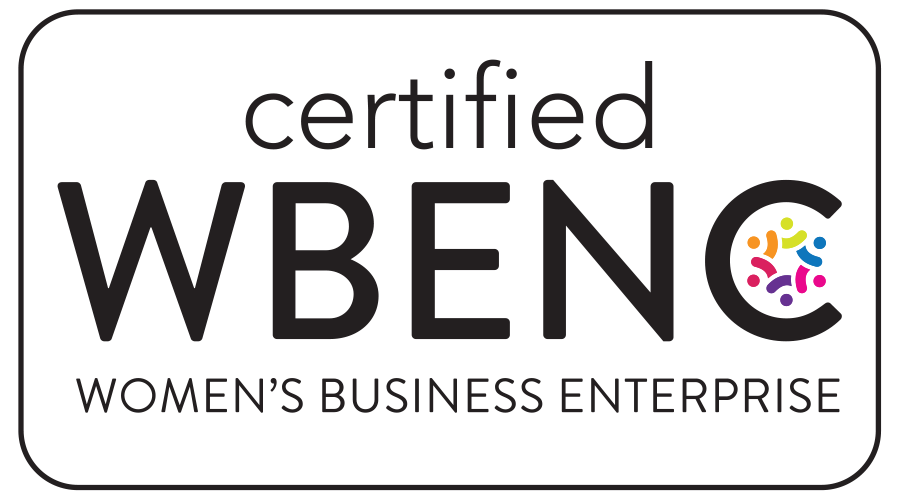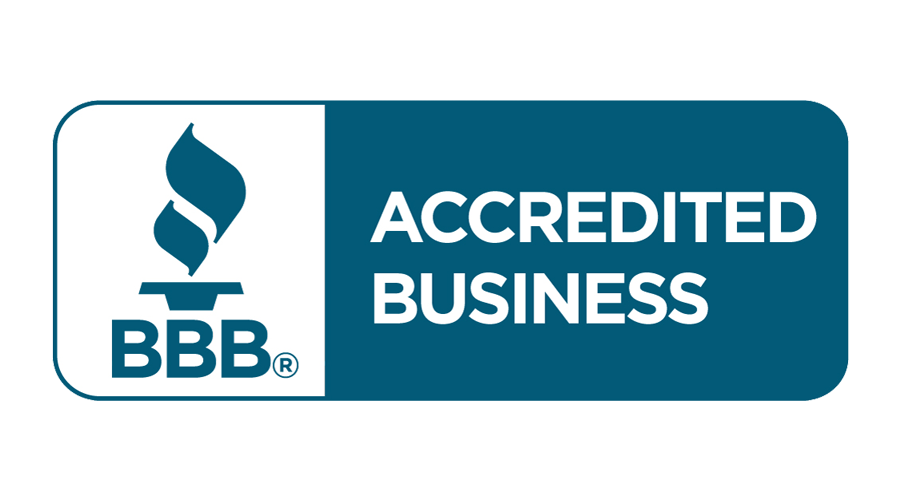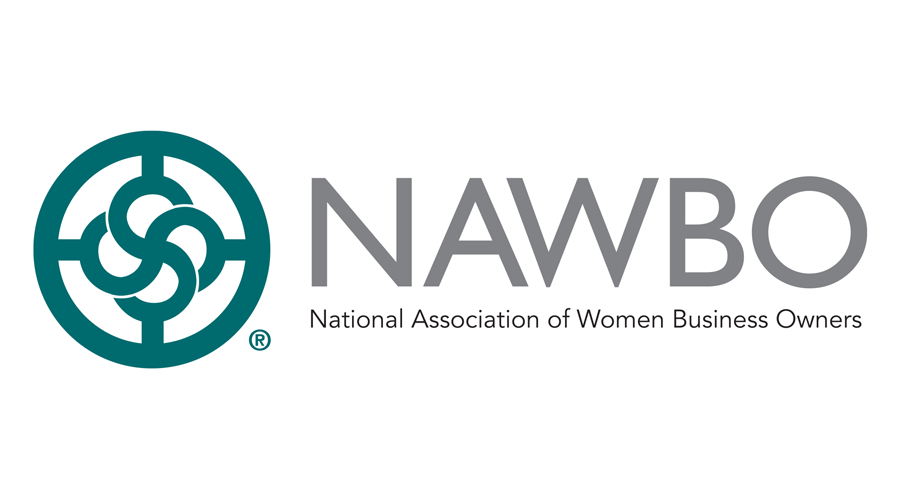IRS Provides Guidance on IRA’s Prevailing Wage and Apprenticeship Requirements and Construction/Installation Dates (Notice 2022-61; IR-2022-208)
Nov. 30, 2022
An IRS Notice provides guidance on the prevailing wage and apprenticeship requirements that the Inflation Reduction Act of 2022 (P.L. 117-169) added to several new and amended tax credits and deductions. The IRS also anticipates issuing proposed regulations and other guidance with respect to the prevailing wage and apprenticeship requirements.
These requirements generally apply if construction of a qualified facility, or installation of qualified property in an energy efficient commercial building, begins on or after the date that is 60 days after the IRS publishes guidance. This notice serves as the guidance that starts the 60-day clock. Thus, these rules apply when a qualified facility begins construction, or the installation of qualified property begins on or after January 29, 2023.
The notice also provides guidance for determining the beginning of construction of a facility for certain credits, and the beginning of installation of certain property with respect to the energy efficient commercial buildings deduction.
The notice includes examples to illustrate these rules.
Prevailing Wage Requirements
For purposes of the credits, a taxpayer must satisfy the prevailing wage requirements with respect to any laborer or mechanic employed in the construction, alteration, or repair of a facility, property, project, or equipment by the taxpayer and the taxpayer’s contractors and subcontractors. The taxpayer must also maintain and preserve sufficient records to establish compliance, including books of account or records for work performed by contractors or subcontractors.
The prevailing wage rate is generally the one published by the Secretary of Labor on www.sam.gov for the geographic area and type of construction applicable to the facility, including all labor classifications for the construction, alteration, or repair work that will be done on the facility by laborers or mechanics.
If the Secretary has not published a prevailing wage rate for the geographic area or the particular type of work, the taxpayer may request a wage determination or wage rate from the Wage and Hour Division. The taxpayer must follow prescribed procedures in order to rely on the provided wage or rate.
Similarly, for purposes of the deduction for energy efficient commercial buildings, the prevailing wage rate for installation of energy efficient commercial building property, energy efficient building retrofit property, or property installed pursuant to a qualified retrofit plan, is determined with respect to the prevailing wage rate for construction, alteration, or repair of a similar character in the locality in which the property is located, as most recently determined by the Secretary of Labor.
Apprenticeship Requirements
| (1) | The taxpayer satisfies the Apprenticeship Labor Hour Requirements, subject to any applicable Apprenticeship Ratio Requirements |
| (2) | The taxpayer satisfies the Apprenticeship Participation Requirements; and |
| (3) | The taxpayer maintains sufficient records. |
A taxpayer satisfies the apprenticeship requirements if:
Under the Good Faith Effort Exception, the taxpayer will be considered to have made a good faith effort in requesting qualified apprentices if the taxpayer requests qualified apprentices from a registered apprenticeship program in accordance with usual and customary business practices for registered apprenticeship programs in a particular industry.
Beginning of Construction or Installation
The beginning of construction is determined under the Physical Work Test and the Five-Percent Safe Harbor established in Notice 2013-29. The Continuity Safe Harbor established by Notice 2016-31 also applies.
IR-2022-208
Don’t leave money on the table. Be in the know about all the tax credits and incentives available by reaching out to Ashmore Consulting.
The information contained herein is general in nature and is not intended and should not be construed as legal, accounting, or tax advice or opinion provided by Ashmore Consulting LLC to the reader. The reader also is cautioned that this material may not be applicable to, or suitable for, the reader’s specific circumstances or needs and may require consideration of non-tax and other tax factors if any action is to be contemplated. The reader should contact Ashmore Consulting LLC or another tax professional prior to taking any action based upon this information. Ashmore Consulting LLC assumes no obligation to inform the reader of any changes in tax laws or other factors that could affect the information contained herein.

 Ashmore Consulting is proud to join Pledge 1%, a global movement creating new normal where companies of all sizes integrate giving back into their culture and values. Pledge 1% empowers companies to donate 1% of product, 1% of equity, 1% of profit or 1% of employee time to causes of their choice. Over 1,500 companies in 40 countries have taken the Pledge and committed to give to communities around the world. Ashmore Consulting is excited to join Pledge 1%’s network of founders, entrepreneurs and companies around the globe that have committed to giving back.
Ashmore Consulting is proud to join Pledge 1%, a global movement creating new normal where companies of all sizes integrate giving back into their culture and values. Pledge 1% empowers companies to donate 1% of product, 1% of equity, 1% of profit or 1% of employee time to causes of their choice. Over 1,500 companies in 40 countries have taken the Pledge and committed to give to communities around the world. Ashmore Consulting is excited to join Pledge 1%’s network of founders, entrepreneurs and companies around the globe that have committed to giving back.


